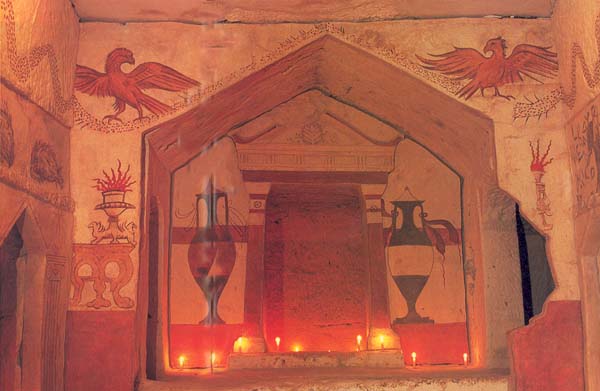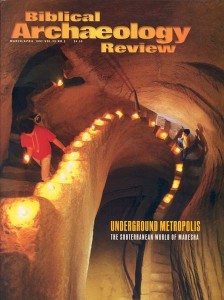Underground Metropolis: The Subterranean World of Maresha

Much of our work at the site of Maresha takes place underground—in tombs and in caves.1 BAR readers will not be surprised by the number of tombs, two of them with their walls covered with spectacular paintings. Much less common, however, are Maresha’s hundreds of caves. The subterranean labyrinth of spacious halls, small chambers, extensive winding corridors and industrial installations has led some to call Maresha an underground city.
Maresha lies in the heart of the Shephelah, the rolling hills of Judah between the coastal plain and the mountains in central Canaan, about a thousand feet above sea level, 27 miles from the Mediterranean, 35 miles south of Jerusalem, less than 4 miles northeast of the major Judahite city of Lachish and just outside the modern kibbutz of Beit Guvrin. The site consists of an upper city (the tell) and, surrounding the tell, a lower city, which includes the underground caves. Most of the underground caves and painted tombs date to the Hellenistic period (third to second century B.C.E.).
Already a library member? Log in here.
Institution user? Log in with your IP address.

